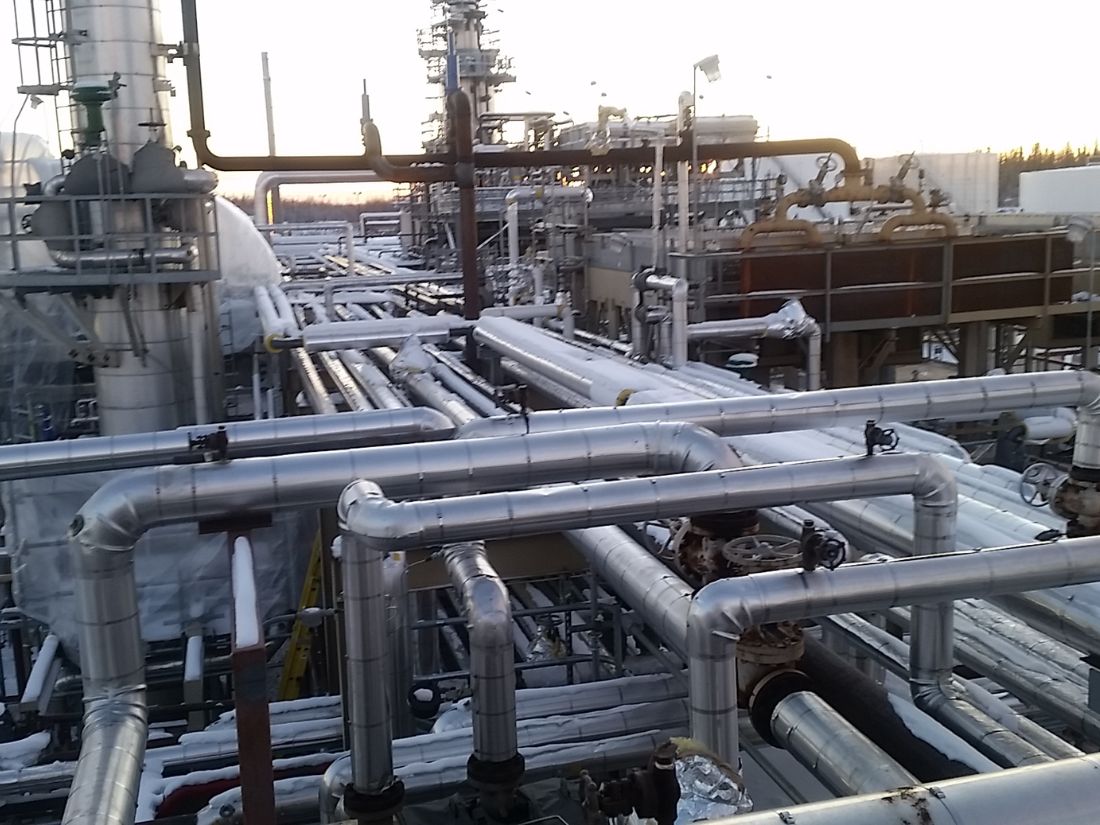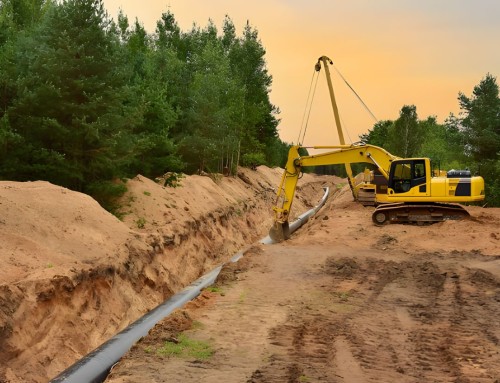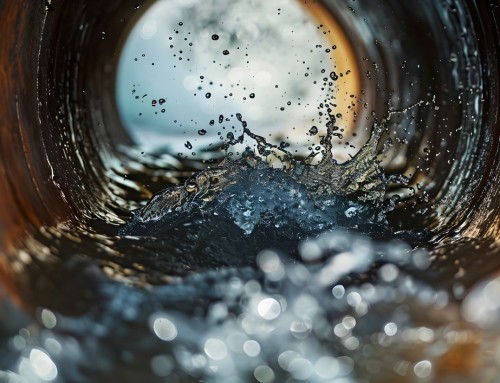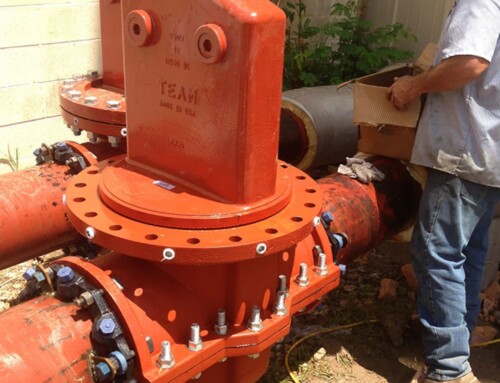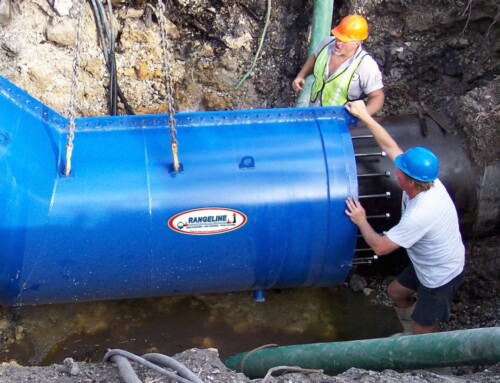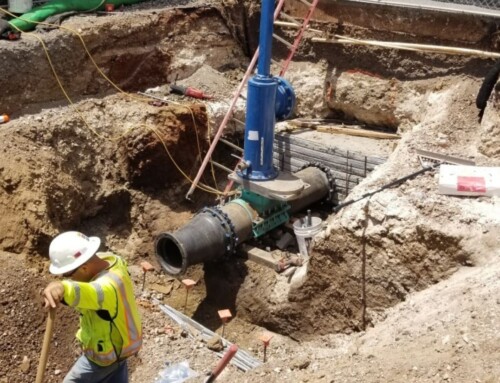Every single day, you use utilities and appliances that get their energy from industrial pipelines integral to all the amenities and services you enjoy. These pipelines are so important, in fact, that we can’t afford to stop them from functioning even during maintenance. To better understand what makes these pipelines so vital, let’s talk about the importance of pipelines in the power generation industry.
Transporting Essential Energy
Easy access to energy sources has allowed everyone to live healthier, longer, and more comfortable lives. Nearly all aspects of our lives and society, including food production, education, medical care, and even communications, would change without the easy transportation of natural gases and oil. Until renewable energy like wind and solar take over as primary energy sources, oil and gas continue to provide over 50 percent of the world’s energy. As such, underground pipelines are the most effective and least intrusive way to power our cities and communities.
Safety Standards
While efficient and unobtrusive to everyday life, underground pipelines are the safest way to provide a consistent energy supply. Just under the ground are entire networks of transmission pipelines that act as highways for energy, transporting oil, water, wastewater, gas, and other resources from remote locations to highly populated cities. By moving the resources through pipes underground, we reduce emissions that damage the environment or harm human health. This also protects the energy resources from contamination or danger that may cause explosive reactions. Keeping energy resources safe and plentiful is why pipelines are so important to the power generation industry.
Maintaining Pipelines
Because pipelines are so critical and can’t afford to stop—even for maintenance—professional line stopping services, tapping services, and pipe freezing are necessary to ensure pipelines remain in good health. Line stopping involves isolating a section of the pipeline by redirecting the flow of energy while the isolated section of the pipe is replaced or repaired.

